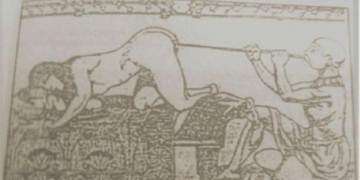“Hunger Stones,” shipwrecks, and a 7,000-year-old stone circle are among the discoveries revealed by this year’s severe drought in Europe.
Europe has been enduring weeks of drought accompanied by persistent heatwaves, leading to evacuations and even fatalities. Many rivers and lakes have dried up, significantly impacting shipping activities. The low water levels have also uncovered several artifacts and ancient structures that were previously submerged, BBC reported on August 21.
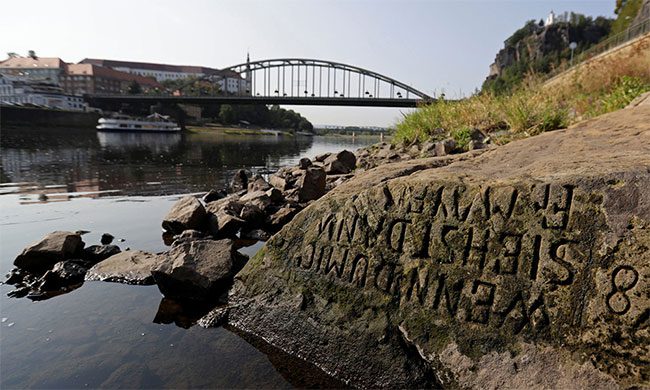
“Hunger Stones“ – these stones, carved centuries ago, serve as warnings to future generations about times of famine. One such stone is located on the banks of the Elbe River, which originates in the Czech Republic and flows through Germany. The stone bears a warning in German from 1616, which reads: “If you see me, weep.”
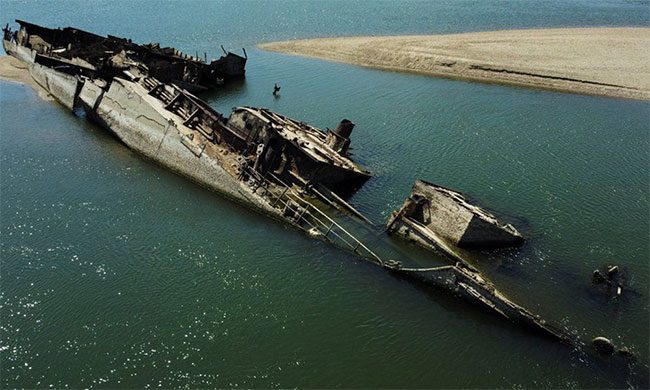
The water level in the Danube River, Serbia, has dropped, revealing shipwrecks still laden with explosives from World War II. These wrecks are located near the town of Prahovo and are part of the Nazi fleet that sank in 1944. Experts predict more wrecks will emerge as the drought continues.
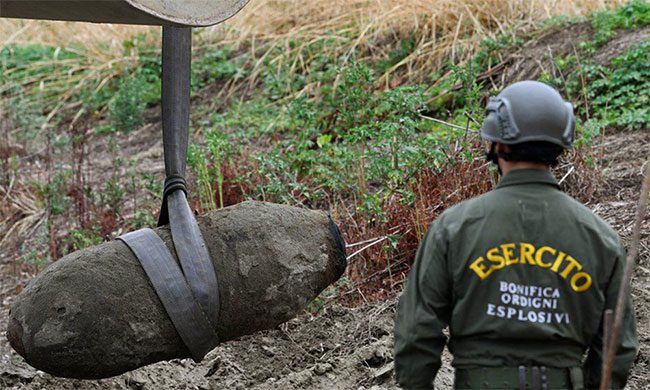
Unexploded ordnance has also been discovered on the Po River in Italy. Authorities evacuated approximately 3,000 people from a village near Mantua while specialists safely removed and detonated a World War II bomb that had previously sunk beneath the river.
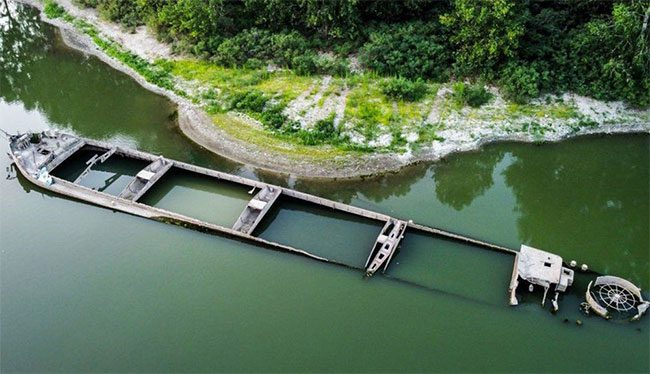
Zibello, the barge used by the Germans that sank in 1943, has also emerged on the Po River. Locals began spotting Zibello as the water levels dropped a few months ago. Since then, more sections of the barge have been revealed as the drought persists.

The low water level of the Tiber River in Rome has uncovered the remains of an ancient bridge that may have been built by Emperor Nero around 50 AD. A small part of the ruins has always been visible when water levels fall, but now much more can be seen. These ruins lie beneath the modern Vittorio Emanuele II bridge.
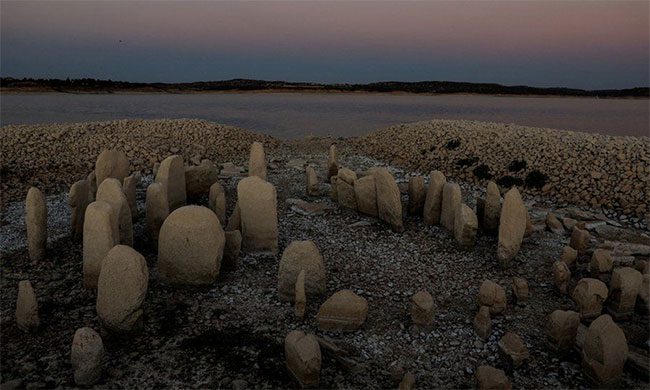
“Spanish Stonehenge” has emerged in the Valdecanas reservoir in the province of Cáceres, central Spain. Officially named the Dolmen of Guadalperal, this stone circle is believed to date back to 5,000 BC. An archaeologist discovered the stone circle in 1926. However, the area was flooded in a rural development project in 1963. Since then, the Dolmen of Guadalperal has only been uncovered four times.
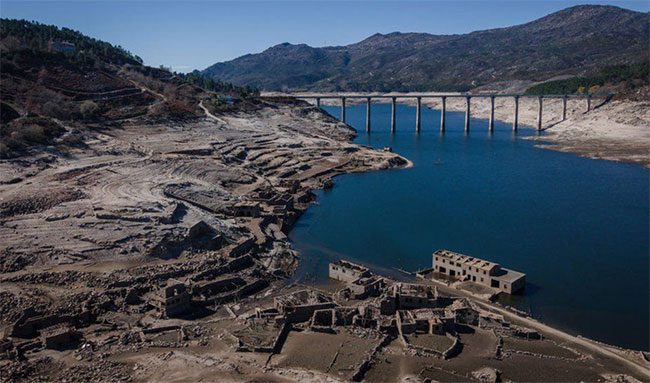
In Galicia, near the Portuguese border, the “ghost village” Aceredo has surfaced as the reservoir dries up. Aceredo was submerged in 1992 to make way for the reservoir. Some former residents have returned to see the now-ruined structures.
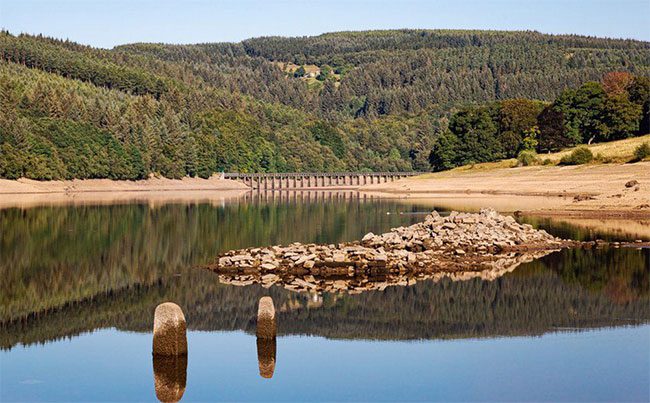
In England, ruins believed to belong to a church in the village of Derwent, Derbyshire, have also emerged. The village was submerged in the 1940s to create the Ladybower reservoir.
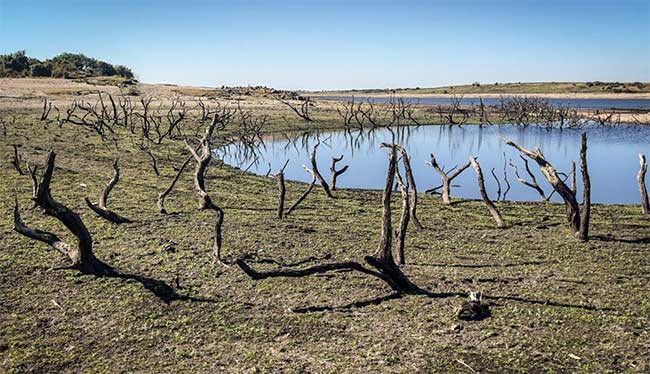
Remains of many ancient trees have been revealed at the Colliford Lake reservoir in Cornwall, England. This area was flooded in the 1980s.
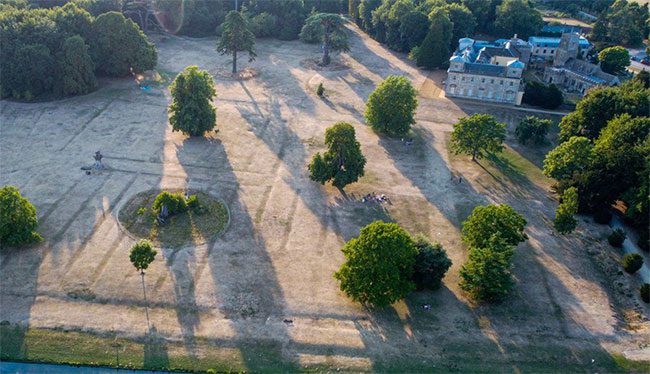
Remains of several 17th-century gardens have appeared in Lydiard Park in Swindon, southwest England, as the hot weather has killed the grass and exposed the structures beneath the soil.


















































